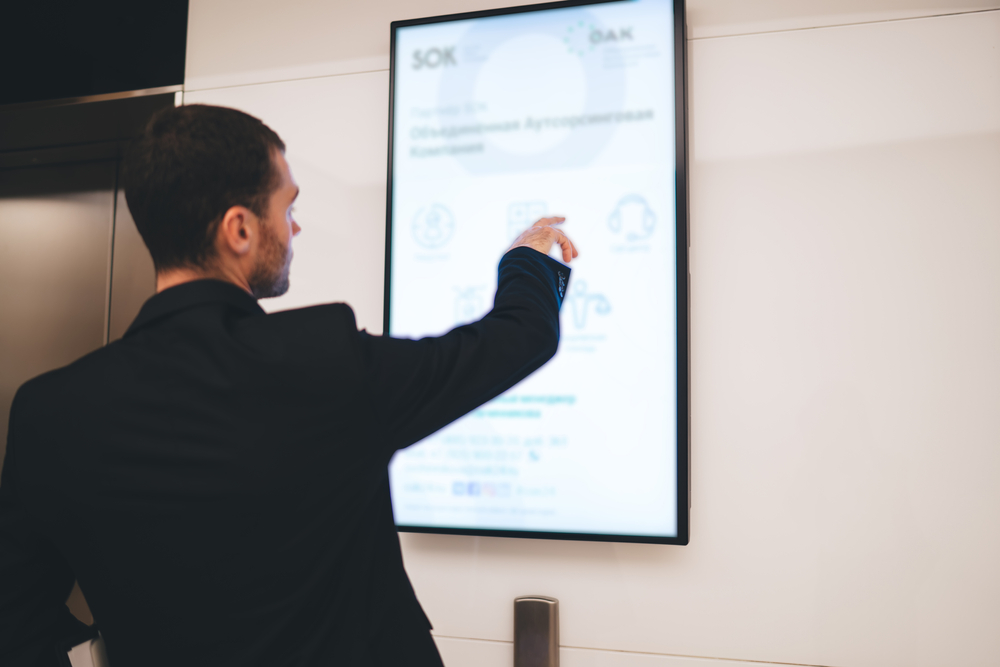The Power of Visuals in Trial Presentations for a Winning Debate
The assimilation of visuals in trial presentations has actually become a crucial consider properly connecting complicated disagreements to jurors. By making use of numerous forms of aesthetic aids-- be it diagrams, photographs, or animations-- lawyers can boost understanding and retention, ultimately shaping the jury's assumption of the case. This strategy not just makes clear elaborate stories but also develops a psychological vibration that can affect decision-making. As we discover the nuances of this strategy, it becomes essential to consider just how particular kinds of visuals can make a significant difference in test end results. What sensible techniques might attorneys utilize to optimize this potential?
Significance of Visuals in Trials
In several lawful setups, visuals play a crucial function in improving the performance of test presentations. The assimilation of aesthetic aspects can dramatically affect jurors' understanding and retention of complex details, thereby forming their understandings and choices. Visuals, such as graphes, representations, and photographs, can simplify detailed stories, making them more available and compelling.
Moreover, the human brain procedures visual details more successfully than text, which underscores the relevance of incorporating visuals into lawful arguments. By equating thick legal concepts into aesthetic styles, attorneys can promote clearer communication, making sure that crucial factors are not overlooked during trials.
In addition, visuals serve to involve jurors on a psychological level, fostering a connection to the case that words alone might stop working to achieve. The calculated use visuals can stimulate compassion, triggering jurors to take into consideration the human elements of the instance.
Eventually, the relevance of visuals in tests lies in their ability to enhance clearness, improve juror involvement, and reinforce the story being provided. This powerful combination is important for crafting convincing disagreements that resonate with jurors and influence the end result of legal process.
Sorts Of Visuals to Make Use Of
Reliable test presentations can considerably take advantage of a variety of aesthetic tools that deal with different aspects of the case. trial presentations. Utilizing layouts and graphes can properly damage down intricate details, making it extra digestible for jurors. For instance, flowcharts can illustrate the series of events, while bar chart might succinctly compare relevant information points.

Animations and simulations can additionally play a vital duty, especially in cases involving technical data or intricate circumstances. These visuals can dynamically represent processes or actions, giving clearness and engagement that static images may not attain.
In addition, infographics combine message and visuals to sum up crucial details effectively. They Website can offer timelines, statistics, and considerable instance points in a visually attractive manner, making it much easier for jurors to follow the debate.
Enhancing Comprehension and Retention

Enhancing comprehension and retention throughout test discussions is important for ensuring that jurors grasp the necessary components of a situation. Visual aids function as powerful tools in this respect, converting intricate details right into conveniently absorbable styles. By using charts, diagrams, and infographics, attorneys can simplify elaborate data and highlight key points that might or else be overlooked.
Research studies have shown that people retain details significantly much better when it exists aesthetically. This is especially essential in a test setup, where jurors may be overwhelmed by the quantity of evidence and testament. By strategically integrating visuals, attorneys can guide jurors' focus to one of the most critical facets of the situation, enhancing their understanding and memory of the material offered.

Creating Involving Discussions
Exciting jurors' attention throughout trial presentations is necessary for sharing an engaging story. Engaging discussions take advantage of aesthetic elements to produce a memorable experience that resonates with jurors. The critical use graphics, computer animations, and video clips can clarify intricate information, making it much more accessible and relatable.

Furthermore, integrating narration techniques can enhance interaction. Presenting proof in a sensible series that constructs psychological allure enables jurors to connect with the product on a personal degree. Diverse presentation styles, such as incorporating short video or interactive elements, can also receive interest and interest throughout the test.
Inevitably, an interesting presentation fosters a more extensive understanding of the instance, allowing jurors to better appreciate the debates existing and leading to an extra desirable end result.
Study and Success Stories
Many study highlight the considerable influence of visuals in test discussions, demonstrating their ability to influence juror assumptions and inevitably the results of instances. For example, a notable situation involving an accident case showed just how using a 3D animation of the crash scene cleared up complex information. Jurors reported feeling more informed and understanding, significantly persuading their decision for the plaintiff.
In one more circumstances, a business litigation case made use of infographics to existing financial information and timelines, making intricate details accessible. The visual depiction enabled jurors to grasp the subtleties of the instance extra effectively than spoken explanations alone. trial presentations. Because of this, the court returned a verdict that exceeded the client's assumptions
Furthermore, a criminal protection instance utilized photos and video clip proof to establish an alibi. The engaging visuals not just assisted in creating doubt however additionally reverberated emotionally with jurors, bring go to this website about a pardon. These success stories highlight the requirement of integrating visuals right into test presentations, as they improve understanding, retention, and inevitably, the influential power of lawful debates. The strategic usage of visuals is undoubtedly transforming the landscape of trial campaigning for.
Conclusion
To conclude, the tactical incorporation of visuals in trial discussions substantially enhances jurors' understanding and retention of intricate details. By using different sorts of visuals, lawyers can efficiently clear up bottom lines and foster psychological connections with the audience. Engaging discussions, supported by engaging case research studies, show the extensive effect that visuals can carry influential communication. Eventually, the power of visuals functions as an essential component in achieving beneficial trial end results.